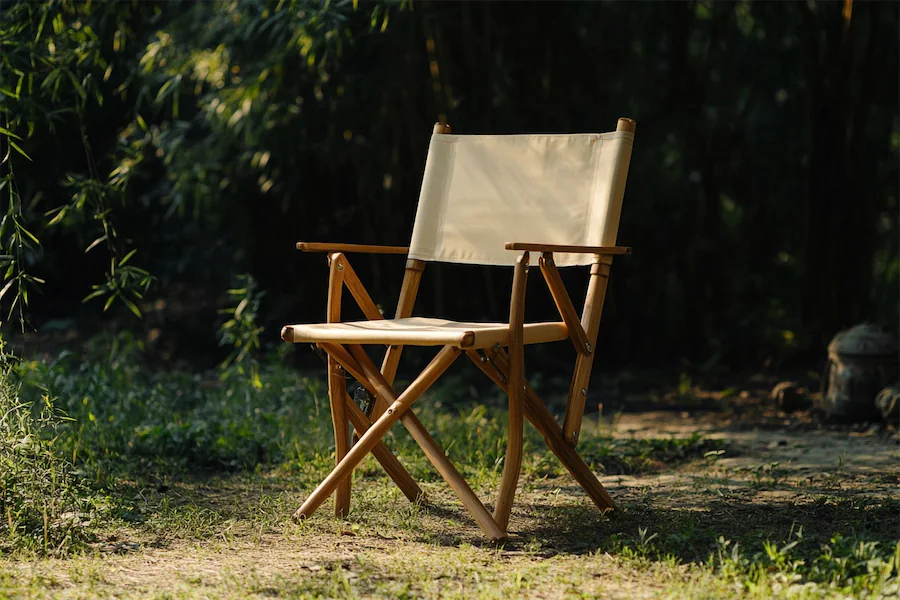Folding chairs, known for their portability and space-saving design, have been integral to human seating solutions for centuries. This article explores their history, key features, applications, considerations for selection, and enduring appeal.
History and Origins of Folding Chairs
The concept of folding chairs dates back to ancient civilizations. In ancient Egypt, folding stools and chairs were crafted for both functional and ceremonial purposes, often signifying status and authority.
Similarly, the Romans utilized folding stools, known as “curule chairs,” which were symbols of political and military power.
During the Middle Ages, folding chairs became prevalent in churches and other communal settings, valued for their practicality and ease of storage.
The Renaissance period saw the introduction of more decorative folding chairs, often ornately carved and upholstered, reflecting the era’s emphasis on art and design.
In the United States, the evolution of the modern folding chair began in the 19th century. John Cram patented an armless folding chair design in 1855, laying the foundation for subsequent innovations.
Later, in 1911, Nathaniel Alexander patented a folding chair with a book rest, enhancing its functionality for use in churches and auditoriums.
The mid-20th century introduced aluminum folding chairs with fabric straps, further popularizing their use in various settings.
Key Features of Folding Chairs
Folding chairs are distinguished by several hallmark characteristics:
- Portability: Designed to be lightweight and easy to transport, making them ideal for events and gatherings.
- Space Efficiency: Ability to fold flat allows for convenient storage in limited spaces.
- Versatility: Suitable for both indoor and outdoor use, accommodating various occasions and environments.
- Material Variety: Constructed from materials such as metal, wood, and plastic, offering options to suit different aesthetic preferences and functional needs.
Applications of Folding Chairs
Folding chairs are versatile and enhance various settings:
- Events and Gatherings: Provide temporary seating solutions for weddings, conferences, and parties.
- Outdoor Activities: Ideal for camping, picnics, and sporting events due to their portability.
- Residential Use: Serve as additional seating for guests in homes with limited space.
- Commercial Settings: Utilized in venues such as churches, auditoriums, and community centers for flexible seating arrangements.
Considerations When Choosing a Folding Chair
When selecting a folding chair, consider the following factors:
- Material and Durability: Choose materials that align with the intended use; for example, metal or plastic chairs for outdoor events due to their weather resistance.
- Comfort: Look for designs with ergonomic features, such as contoured seats or padded cushions, to enhance user comfort.
- Weight Capacity: Ensure the chair can support the anticipated user weight, especially for commercial or heavy-duty applications.
- Storage and Transport: Consider the ease of folding, stacking, and transporting the chairs, particularly if they will be moved frequently.
- Aesthetic Appeal: Select designs and colors that complement the event theme or existing décor.
Conclusion
From their ancient origins to modern applications, folding chairs have remained a practical and adaptable seating solution. Their combination of portability, space efficiency, and versatility ensures their continued relevance in both personal and professional settings.
